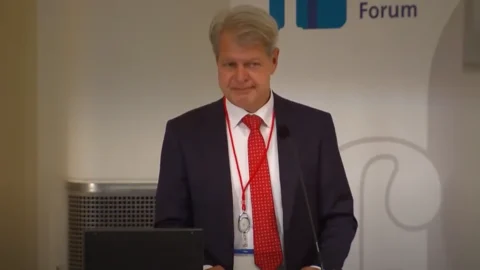The Government must not let itself be trapped by the questionable ruling of the Consulta on the automatic equalization of pensions. First of all, it is necessary to correctly interpret the reasons for the sentence (according to rumors voted by a narrow majority of judges). The Court did not consider the intervention itself illegitimate (if it had done so it would have contradicted its own jurisprudence on the matter), but its criteria and methods. In fact, it should be remembered that in the Finance Law for 2008, the Prodi Government, as part of the implementation of the 2007 Welfare Protocol, cut the automatic equalization for one year on pensions exceeding 8 times the minimum (at the time 3,5 thousand euros gross per month). Appeals were presented which the Consulta rejected.
Now, in the opinion of the Consulta, the case is different, because the measure contained in the Salva Italia decree intervened - permanently - on medium-low treatments, so as to call into question their adequacy (principle solemnly reaffirmed by Article 38 of the Constitution .). What to do now ? If the Government, with an emergency measure, reformulated the cut (perhaps bringing it to the level of five times the amount of the minimum) it would, in practice, approach the proposal contained in the Report by Carlo Cottarelli (on the subject of the contribution of pensions to the spending review) and would reduce the amount to be repaid to pensioners. The other operation to be carried out could be that of a payment in installments over a certain number of years.
If such an operation were to return to the examination of the Consulta, it would have to judge ex novo and could also recognize the intervention as more equitable, and therefore inspired by criteria of reasonableness. It should be noted that the return of the revaluation is not an automatic fact and that the interested parties should sue INPS, except in the case, however problematic and unusual, of a class action. In short, no one should delude himself that he already has those resources in his pocket or that he can use them as a measure to relaunch the internal market. No gain can come from destabilizing public finances. But how did the 2011 cuts affect retirees and their families? The bills dance as usual.
To the writer, limited to the past, the following data results. The Fornero reform, for 2012 and 2013, had established the following mechanism: on pensions equal to or less than three times the minimum treatment (1.405,05 euros gross per month) the revaluation was guaranteed to the extent of 100% of the inflation (2,6% in 2012); no equalization was applied for amounts exceeding this limit. It should be remembered that if the amount of the pension was between three times the minimum and the same amount increased by the equalization (1.451,58 euros gross per month) the increase in the equalization was paid up to this increased limit. What effects have there been?
In 2012, a good 5.192.338 pensions were affected by the new measures for a total of unpaid equalization of approximately 3,8 billion (the largest share, for just under a billion, is burdened on recipients of a treatment exceeding 3 thousand euros monthly gross). In 2013 the audience remained the same, but the cut rose to 4,4 billion (of which 1,1 billion for the aforementioned pensioners with more than 3 thousand euros). In summary and rounding the amounts: in the two years of the blockade (2012 and 2013) the equalization lost (forever) amounted to 8,2 billion (sic!) which, spread over 5,2 million treatments (and subjects) concerned, resulted in an average per capita reduction of 1.584 euros.
In 2014 the previous equalization system should have come back into force, ordered as follows by horizontal pension brackets: 100% for benefits up to three times the minimum; 90% for the pension quota between three and five times the minimum; 75% for the share over five times the minimum. The stability law (law n.147/2013) for the three-year period 2014-2016 envisaged a new system that passes from a regime of horizontal bands to one of vertical bands, in the sense that the new rates apply to the entire amount of the pension and not on the portions exceeding the multiples of the minimum treatment. Thus up to three times the minimum (1.486,29 euros gross per month) the equalization is equal to 100% (1,2% increase); over 3 times and within 4 times (over 1.486,29 and up to 1.981,72 ) is 90% (1,08% increase); from 4 times and within 5 times (over 1.981,72 and up to 2.477,15) to 75% (0,90% increase), over 5 times and within 6 times (over 2.477,15 and up to 2.972,58) at 50% (0,60% increase).
Above the last amount, a complex calculation mechanism operates which in practice leads to a fixed figure provisionally established by INPS at 17,84 euros, but destined to be recalculated at just over 14 euros. There are guarantee bands when, having calculated the equalization with the band to which they belong, the result obtained is lower than the limit of the previous equalized band. According to official forecasts, the transition to the equalization system by vertical bands should lead to a reduction in expenditure, in the period considered, of approximately 5 billion euro.





